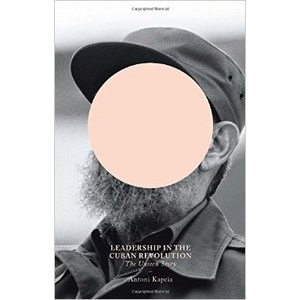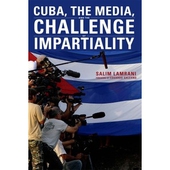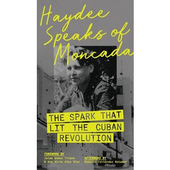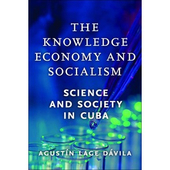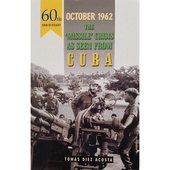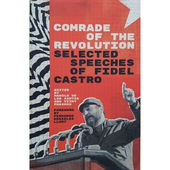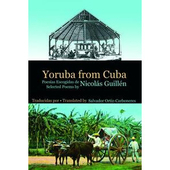Review of Leadership in the Cuban Revolution: The Unseen Story
Notwithstanding his immense historical importance, nearly all of the literature on Cuba is focussed on the personality and role of Fidel Castro, an interpretation that has prevented a deeper political understanding of the Revolution’s governance structures and the wide cast of other important players. Antoni Kapcia, with a meticulously researched, magisterial vision offers a welcome rebuttal to all those who personify the revolution in one man and refuse to recognise a sustainable and collective leadership grounded both in the people and history. Besides the obvious contribution from the triumvirate of Fidel, Raul Castro and Che Guevara, each decade has seen numerous important leaders making significant differences to the outcome of debates, the line of march and to the constantly evolving processes of decision-making. Kapcia shows clearly how Cuba has always had a Revolution in motion, totally removed from the myth of one man’s personal control or whim.
It is true that ‘Los Galacticos’ of the revolution are the many guerrillas who participated in the Moncada attack, the Granma landing and the Sierra campaign. That experience forged in the survivors an ‘esprit de corps’ that was the main passport to trust and high influence in future government. Those not part of that, including those in the communist Partido Socialista Popular (PSP) party, in the “eyes of most rebels and some among the wider population – had to earn its spurs”. It is always assumed that because the Communist Party became the only party in Cuba the PSP was one of the drivers of that destiny. What Kapcia makes clear is that the situation was much more complex than this, with the various different political actors in the many concentric circles that rippled out from the core, inner, middle circles changing their influence and positions over time and in the light of historical circumstances.
As well as analysing in wonderful detail all the different phases of the revolution, the role of Cuban mass organisations and individual players of influence in them, Kapcia insightfully interprets their various roles within a wider process of Cuban state and nation-building. Demonstrating how Cuba was a nation before the revolution but not a ‘nation state’, he explains how the thinking, particularities and survival instinct of the leadership came from an overwhelming desire for national unity. Old and new leaders are all guided by a revolutionary spirit encompassing a burning desire for independence, hardened further by an isolation born of invasions, a fifty year plus blockade and other hostile actions. Kapcia then concludes that what Cuba has undergone is an unusual, and even unique, process of revolutionary corporatism.
It is 223 pages long but it is not a quick read, as it is not an ‘easy’ story, although it is a rich and indispensable one if you want to really understand Cuba and its government. A cover I do not like, but a book I love.
Bob Oram for CubaSi Winter 14/15
